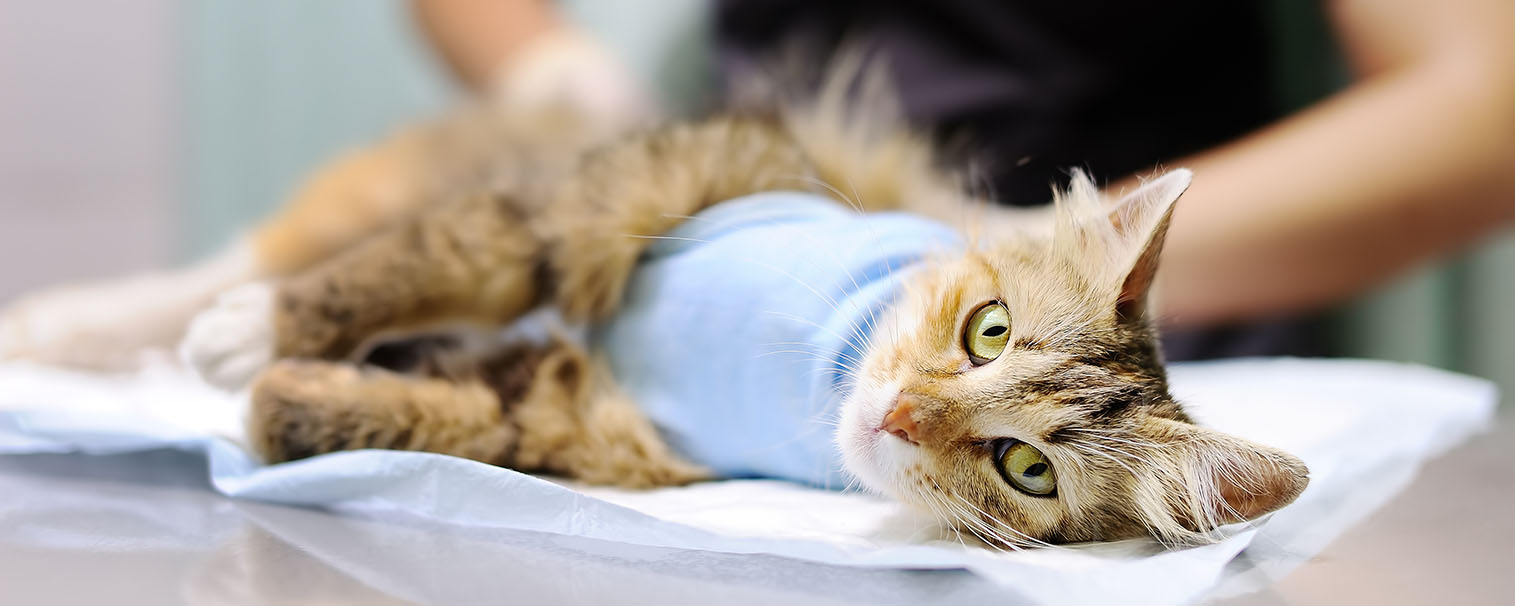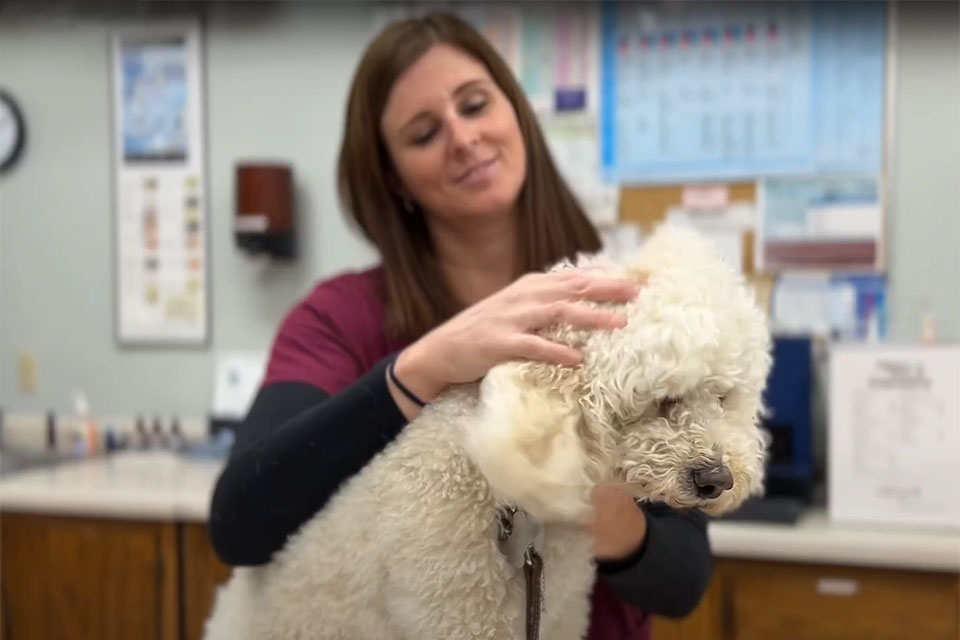
Mon-Fri: 7:30 a.m. - 6:30 p.m.
Sat: 8:30 a.m. - 12 p.m.

Veterinary Surgery for Dogs, Cats and Pocket Pets
No matter the procedure, we understand that veterinary surgery can be a stressful experience for you as well as your pet. We provide a wide variety of surgical services, and our compassionate, highly trained team does everything possible to protect your pet’s safety, health and comfort.
Our Experienced, Professional Veterinary Surgeon Services
Prior to any procedure, all animals will have pre-surgical lab work for safety screening. We employ up-to-date anesthesia protocols customized for your pet. These tests help ensure they can safely undergo anesthesia and that their organs are functioning well enough to metabolize the anesthetic drugs.
As one of our standards for unparalleled care and service, a certified veterinary technician will be monitoring all pet patients the entire time they are under anesthesia and during recovery. We utilize a variety of technologies for the utmost safety, including an echocardiogram or EKG, pulse oximetry to monitor oxygen levels, temperature, respiratory rate, heart rate and blood pressure.
Surgeries that we commonly perform include, but are not limited to:
- Spays or ovariohysterectomies (OHEs)
- Neuters or castrations
- Mass or lump removal and analysis
- Local anesthetic procedures to remove skin tags, warts or adenomas
- Dental or teeth cleanings
- Abdominal exploration to inspect and possibly take biopsies of internal organs such as the spleen, liver, kidneys, stomach, intestines, or to remove foreign bodies/objects your pet may have ingested
- Cystotomies to remove bladder stones, polyps or tumors
We also work with the board-certified veterinary surgeons at Twin Cities Veterinary Surgery to offer and perform many orthopedic and more in-depth operations. These procedures still happen right at our clinic and include:
- Torn ACL repairs (e.g., tibial plateau leveling osteotomy (TPLO), extracapsular repair)
- Pins, plates or external fixators for broken bones or fractures
- Femoral head and neck ostectomy (FHO) and triple pelvic osteotomy (TPO) for hip issues
- Anal gland removal
- In-depth mass or lump removals
- Laryngeal paralysis “tie back” or unilateral cricoarytenoid lateralization surgery
- Patellar luxation repair
- Arthrodesis or joint fusion
- Osteochondritis dissecans (OCD) surgery
- Scrotal and perineal urethrostomy (PU) surgery for dogs or cats with urinary obstruction
- Total ear canal ablation and bulla osteotomy (TECA surgery) for stenotic ear canals or chronic and severe ear issues
- Subtotal colectomy for megacolon cases
Trust our experienced veterinarians for the comprehensive care your pet deserves.

Connect with Us
Learn about community events we're attending and other updates from Heritage Animal Hospital.
Latest News & Updates
How to Recognize and Treat a Cat Urinary Tract Infection
For National Cat Health Month, we dive into how to recognize and treat a cat urinary tract infection. This time of year, we see more cases of UTIs. [+]
12624 Bass Lake Road
Maple Grove, MN 55369

Mon-Fri: 7:30 a.m. - 6:30 p.m.
Sat: 8:30 a.m. - 12 p.m.


